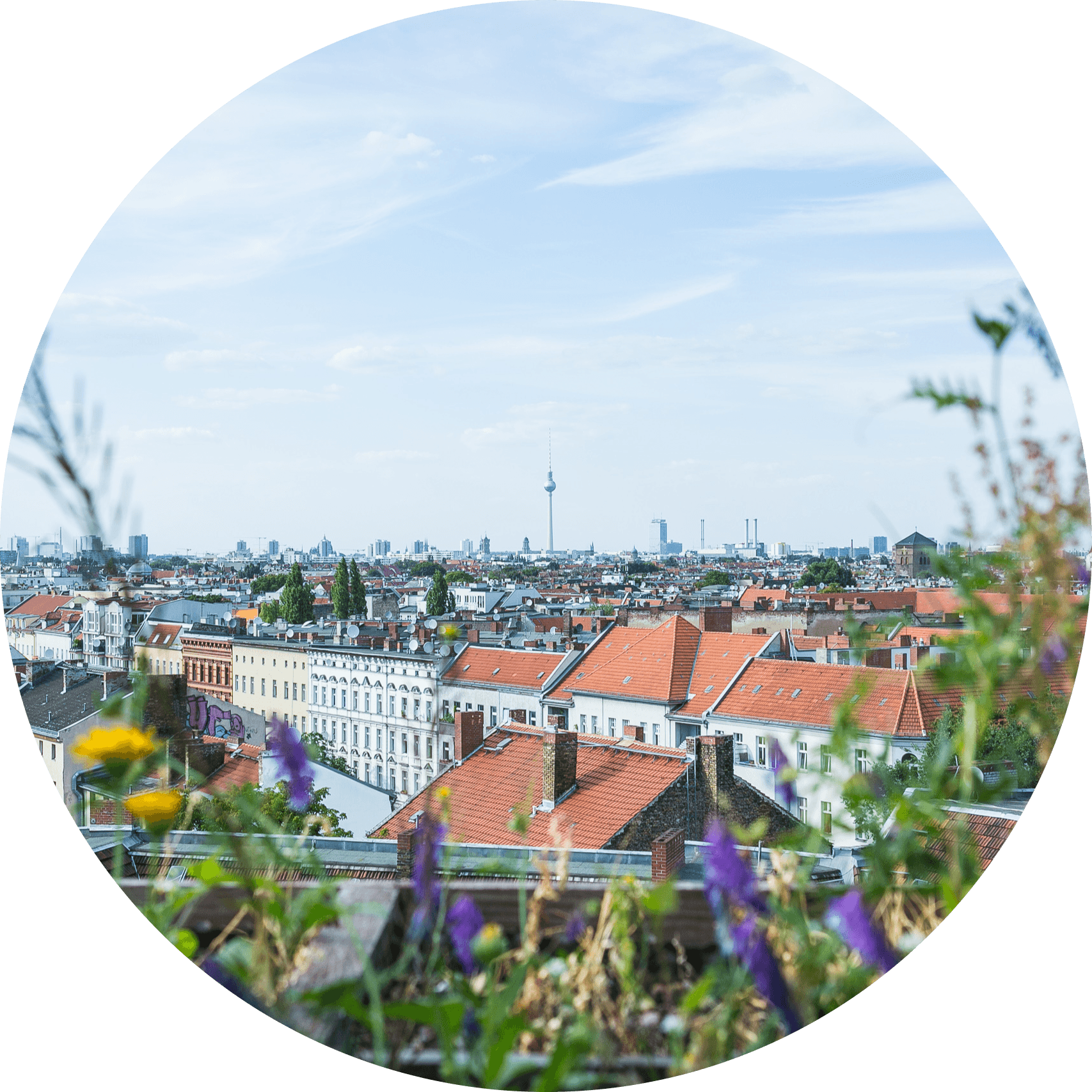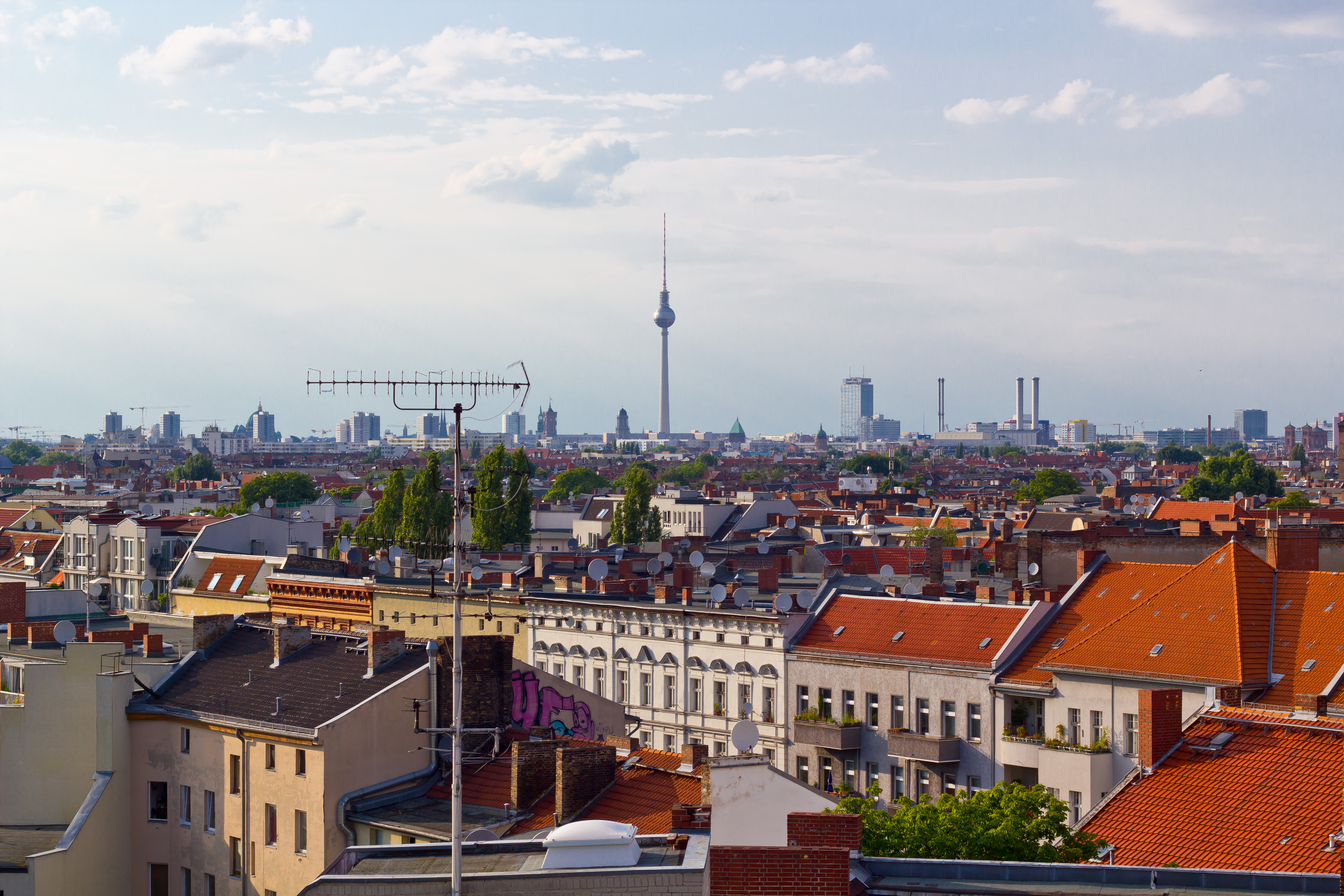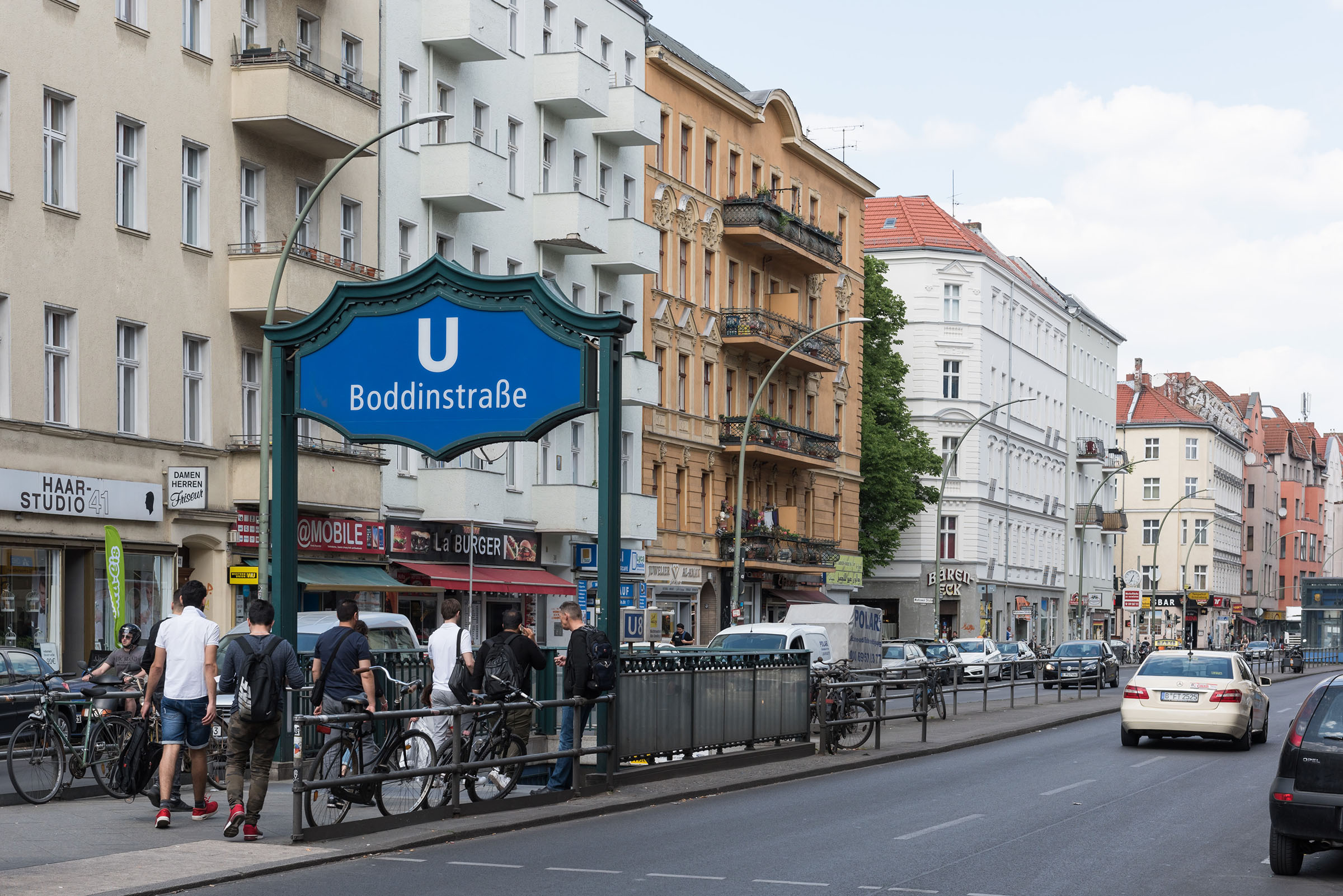Berlin Neukölln: development and life in the district
Neukölln is colorful, Neukölln is multicultural, Neukölln is on the rise. No wonder: nowhere else in Berlin do so many different nationalities come together as here. At the same time, the district is subject to permanent change, which its residents are only too happy to embrace. And not only that. More and more young students, families and Berliners-by-choice are also being drawn to Neukölln from outside. In addition to the peaceful coexistence of over 150 nationalities, it has a lot to offer with its various city centers, the Neukölln Opera House and its many green oases of peace. The Hufeisensiedlung has even been a UNESCO World Heritage Site since 2008. In the following chapters, we will show you how Neukölln is positioned on the real estate market.

Real estate market in Berlin-Neukölln
No other district embodies the ethnic diversity of the capital as much as Neukölln. And this diversity is reflected in the local streetscape. Historic village centers meet modern subway stations, squares steeped in history are brought back to life by hip workspaces, picturesque Wilhelminian-style old buildings nestle up against modern new construction complexes and are complemented by chic family homes. At the same time, Neukölln cannot escape the boom of Berlin's real estate market. In recent years, a large number of municipal and private new construction projects and redevelopments have been implemented. Nevertheless, demand here also exceeds the available supply. Neukölln's potential is far from exhausted. This suggests that the increase in construction activity and real estate prices will continue in the coming years.
Existing buildings
Average rental prices
14
EUR / m²
+40.90%
Average purchase prices
5,207
EUR / m²
+11.69%
Rental offers
178
-43.71%
Purchase offers
546
+28.21%
New builds
Average rental prices
20.69
EUR / m²
+19.57%
Average purchase prices
7,693
EUR / m²
+11.60%
Rental offers
47
+5.62%
Purchase offers
25
-39.16%
Average rental prices
14
EUR / m²
+40.90%
Average purchase prices
5,207
EUR / m²
+11.69%
Rental offers
178
-43.71%
Purchase offers
546
+28.21%
Neukölln: Real estate supply and development
The supply of real estate in Neukölln is also dwindling. To be sure, the diverse real estate market is constantly expanding. However, since Neukölln is enjoying increasing popularity among both old and new Berliners, the excess demand is not expected to decline in the medium term.
Offer of properties for rent and sale in Neukölln
How are property prices developing in Neukölln?
Property prices are flourishing splendidly, as they are throughout Berlin. The multi-ethnicity, which was considered a disadvantage for many years, is now proving to be a clear bonus and is attracting more and more people from outside to Neukölln. Due to the increasing settlement of companies, the purchasing power of the district is also rising. It can therefore be assumed that the positive development will continue in the years to come.
Purchase price (m²) in Neukölln
Existing building
Average purchase prices
5,207
EUR / m²
+11.69%
New builds
Average purchase prices
7,693
EUR / m²
+11.60%
Average purchase price Neukölln
Current rents and development
Neukölln has seen dynamic construction activity in recent years. Many of the privately built properties that have been completed are now on the market as rental apartments. Municipal construction projects supplement the supply. Although prices have risen overall here as well, they are still at a moderate level compared to the rest of Berlin.
Average rental prices in Neukölln
Existing building
Average purchase prices
5,207
EUR / m²
+11.69%
New builds
Average purchase prices
7,693
EUR / m²
+11.60%
The population of the district
Neukölln is home to nearly 330,000 people, the majority of whom live in the Neukölln district with just over 160,000 residents. The remainder is distributed almost evenly among the remaining four districts of Britz, Buckow, Gropiusstadt and Rudow. Incidentally, the proportion of male and female residents is almost balanced in all districts. The population is the most multicultural, with a migration share of 75 percent. 160 nations come together here - you won't find that in any other Berlin district. But that is precisely what makes it so interesting.
Migration in Neukölln
Moves in
Persons
-9.44 %
Moves out
Persons
+4.59 %
In the year 2021, development compared to the previous year
Life in Berlin-Neukölln
Your contact to ACCENTRO
Address
ACCENTRO Berlin
Kantstraße 44/45
10625 Berlin









